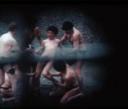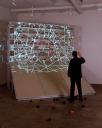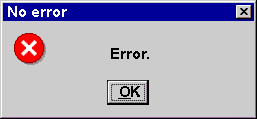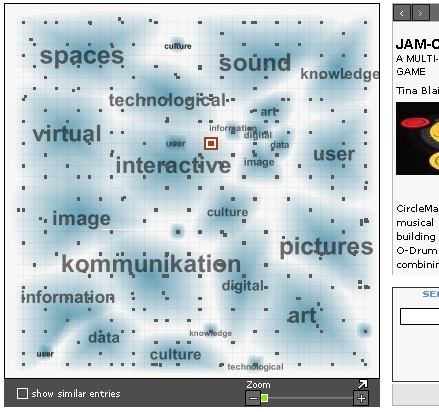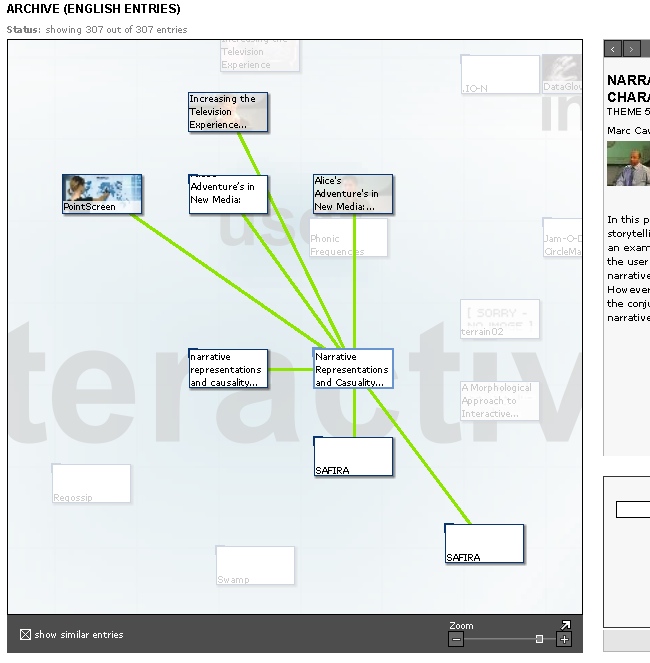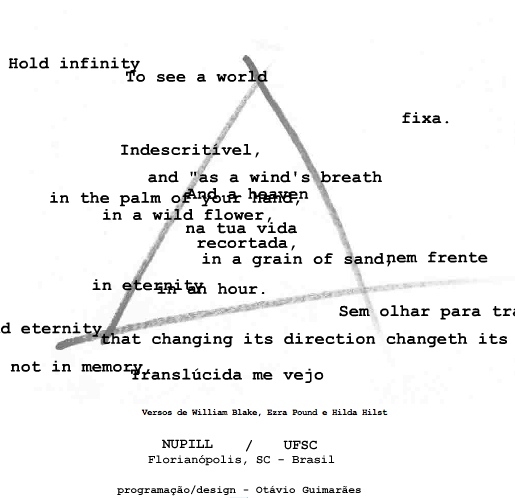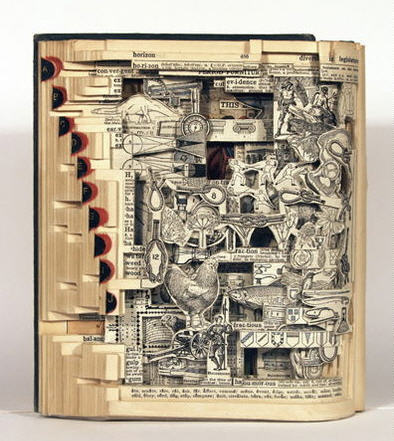The Interactive Matter group that I and Lynn Hughes lead met this Monday and Tuesday, May 5th and 6th, 2008, to talk about theories and methodologies of interactivity. A series of excellent short papers were presented on Monday that surveyed the literature and practices of research into interactivity. Some of the presenters were Chris Salter, Sara Diamon, Ron Wakkary, Cindy Poremba, Stéfan Sinclair, Liss Platt, Shirley Madill, Susan Brown, Glen Lowry, and Jutta Treviranus. (I’m sure I missing someone.) I’m still processing this, but some of the highlights for me were:
- Interactivity matters because it is such broad term that is used as if we understand it. There is the material dimension of interactivity, the ethical and social matters around interactivity, and the issues that matter.
- It is time now for the digital arts and humanities to recover interactivity from scientific approaches like HCI, computer science and software engineering. While they yield interesting insights into cognition, efficiency and the engineering of interactivity – we want to look at hwo interactivity is embodied, how it has human contexts, how it has histories, and how it is imagined. That is what the arts and humanities can contribute.
- We are interested in much more than the interactive work. We are interested in its history of production and design. We are interested in its context and reception. We are interested in how it might evolve over time and be maintained, preserved, exhibited again, or disappear.
- We are interested in practices that approach interactivity not as something to be observed and critiques, but something that is learned through interaction. We imagine practices that bridge the practices of discovery of art, design and the humanities.

